The government’s pledge to combat declining homeownership rates

Between 1996 and 2016, the percentage of 25 to 34-year-olds who own their own homes has fallen 19% from 55% to 34%. In a bid to combat this, prime minister Boris Johnson has set out plans that include proposals for housing benefit being able to be counted towards a mortgage. The prime minister vowed to “turn benefits to bricks”, saying it is unfair that homeownership is dominated by over 65-year-olds.
Speaking in Lancashire, prime minister Boris Johnson promised a “comprehensive review” of the mortgage market. One of the biggest changes announced in his speech was a pledge to include housing benefits in the mortgage application process: “When (home) ownership remains beyond the reach of a great many hard-working people, it’s neither right nor fair to put ever vaster sums of taxpayers’ money straight into the pocket of landlords”
The aim to make the property ladder more accessible to the younger generations is clear. The prime minister announced plans to allow the use of welfare payments for paying a mortgage – stating that the £30 billion in housing benefit spent on rent would be better spent helping people on lower incomes to own their own homes. A spokesperson for the government later confirmed that the rules would be changed to allow people on universal credit who save money through the use of a Lifetime ISA or Help to Buy ISA would no longer have to worry about their benefit payments being cut when their savings hit a certain level.
A key focus of Johnson’s speech was expanding the Right to Buy scheme to enable tenants of housing association properties to get on the property ladder. The new initiative is expected to be limited to a few pilot schemes at first, before a full implementation can potentially help 17% of all current households.
Johnson said: “We are going to look to change the rules on welfare so that the 1.5 million working people who are in receipt of housing benefits – I stress working people – and who want to buy their first home will be given a new choice: to spend their benefit on rent, as now, or put it towards a first-ever mortgage”.
As well as this, the prime minister said that the Right to Buy scheme will be extended and “responsibly capped” and the cost will be covered by existing spending plans. This scheme allows most council tenants to buy their council homes at a discounted rate. Access to low-interest mortgages will also be expanded in an attempt to “unbolt the door to ownership” and combat the cost of home ownership.
If you’d like to discuss the options available to you, contact your adviser today.



